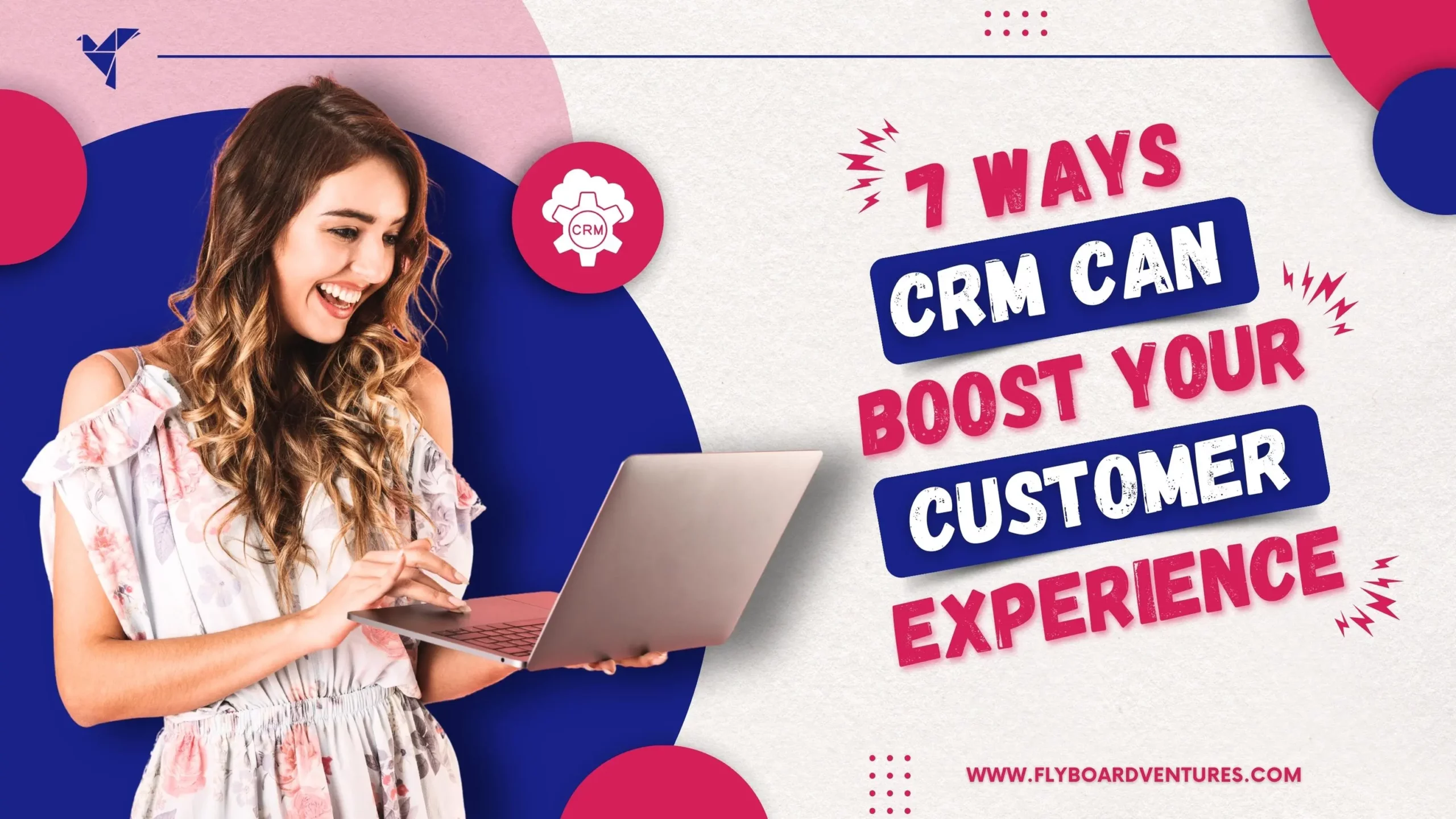In today’s fast-paced digital landscape, businesses of all sizes are continually seeking ways to optimize their marketing efforts and maximize their return on investment (ROI). Digital marketing has emerged as a powerful tool to connect with potential customers, build brand awareness, and drive sales.
However, the ever-evolving nature of the digital sphere necessitates a strategic approach to ensure that marketing budgets are invested wisely and yield the best possible results.
Whether you’re a seasoned marketer or just starting your digital marketing journey.
The Following Strategies Will Provide Valuable Insights And Actionable Steps To Enhance Your ROI.
In the dynamic and ever-expanding world of digital marketing.
1. Set Clear and Measurable Goals:
Regular Goal Review
- Continuously review and adjust your campaign goals as needed. Market conditions and consumer behavior can change, and your goals should evolve accordingly.
Prioritize Goals
- Identify which goals have the highest impact on ROI and focus your resources on achieving them.
Benchmark Competitors:
- Compare your campaign goals to industry benchmarks and competitor performance to set realistic expectations.
2. Audience Segmentation and Targeting:
Behavioral Trigger Campaigns
- Implement automated campaigns triggered by specific user behaviors, such as abandoned cart emails or post-purchase follow-ups.
Lookalike Audiences
- Use lookalike audience targeting to find new prospects who resemble your existing high-value customers.
Social Listening
- Leverage social media listening tools to gather real-time insights about your audience’s preferences and adjust your targeting accordingly.
3. Keyword Optimization (SEO and SEM):
Long-Tail Keywords
- Target long-tail keywords to capture highly specific and motivated audiences.
Competitor Analysis
- Analyze competitor keyword strategies to identify gaps and opportunities for improvement.
Voice Search Optimization
- Optimize content for voice search queries, as voice search is becoming increasingly popular.
4. Content Marketing Strategy:
Evergreen Content
- Create evergreen content that remains relevant over time, reducing the need for constant content creation.
User-Generated Content (UGC)
- Encourage customers to generate content (reviews, testimonials, etc.) that can be incorporated into your marketing strategy.
Content Repurposing
- Repurpose existing content into different formats (e.g., blog posts into videos or infographics) to extend its lifespan and reach.
5. Email Marketing Optimization:
Personalization at Scale
- Implement dynamic content and personalization tokens to create personalized emails at scale.
Behavioral Email Flows
- Develop email sequences triggered by specific actions (e.g., welcome series, product recommendation emails).
List Cleanup:
- Regularly clean and segment your email lists to improve deliverability and engagement rates.
6. Social Media Advertising:
Ad Creative Testing
- Continuously test ad creatives, ad copy, and CTAs to discover what resonates best with your audience.
Custom Audiences:
- Create custom audiences based on website visitors, email subscribers, or customer lists for more precise targeting.
Ad Scheduling:
- Optimize ad delivery by scheduling ads to run during peak engagement times.
7. Conversion Rate Optimization (CRO):
Heatmaps and User Recording
- Use heatmaps and user recording tools to gain insights into how visitors interact with your website.
Social Proof
- Incorporate social proof elements like customer reviews and testimonials to build trust and increase conversions.
Exit-Intent Popups
- Implement exit-intent popups with compelling offers to capture leads before they leave your site.
8. Remarketing and Retargeting:
Sequential Remarketing
- Create sequences of ads that tell a story or offer increasing incentives to re-engage potential customers.
Frequency Capping
- Avoid overwhelming users with too many retargeting ads by setting frequency caps to limit ad exposures.
Dynamic Remarketing
- Show personalized product recommendations in retargeting ads based on user’s previous interactions.
9. Marketing Analytics and Attribution Modeling:
Multi-Touch Attribution
- Experiment with different attribution models (e.g., first-touch, last-touch, linear) to gain a comprehensive understanding of your customer’s journey.
Lifetime Value Analysis
- Calculate the lifetime value of customers acquired through different marketing channels to allocate resources effectively.
Predictive Analytics
- Use predictive models to forecast future ROI based on historical data and trends.
10. Budget Allocation:
Seasonal Adjustments
- Adjust your budget allocation during peak seasons or special promotions to maximize ROI during high-demand periods.
Budget Pacing
- Implement budget pacing tools to ensure your spending aligns with your campaign goals throughout the month.
Geo-Targeting
- Allocate budget based on geographic performance data to invest more in areas with higher ROI potential.
Wrap Up!
These additional strategies and considerations should provide you with a more comprehensive approach to maximizing ROI in your digital marketing campaigns. Remember that flexibility and adaptability are key as you refine your strategies based on ongoing performance analysis.




